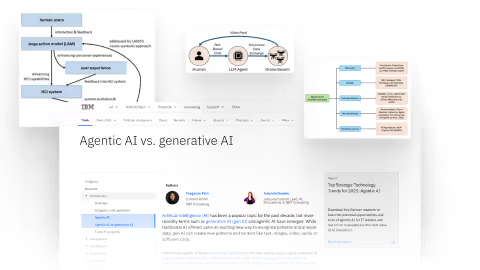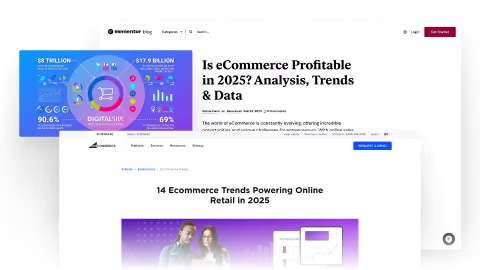Use Case
/
Finance
Analyze the benefits and drawbacks of crowdfunding for startups
Model
•
Deep Researcher 2.0
I'm considering crowdfunding as a potential funding option. Discuss the benefits and drawbacks of crowdfunding for startups, including its impact on product development, marketing, and investor relationships. Provide specific examples of successful and unsuccessful crowdfunding campaigns, and outline the key factors that contribute to a campaign's success. Please structure your response in a balanced analysis format, weighing the advantages and disadvantages of crowdfunding, and conclude with recommendations for startups looking to leverage crowdfunding effectively.
Crowdfunding for Startups: A Comprehensive Analysis
Introduction
Crowdfunding has emerged as a significant alternative funding method for startups, with the global market predicted to reach $28.2 billion by 2028 from $13.5 billion in 2021 1. This report analyzes the benefits and drawbacks of crowdfunding, providing insights for startups considering this funding option.
Types of Crowdfunding
Product (Reward-Based) Crowdfunding
This model allows startups to pre-sell products while raising capital, offering backers non-monetary rewards such as early access or exclusive versions 2. It's particularly suitable for early-stage and pre-launch startups.
Equity Crowdfunding
Investors receive ownership shares in exchange for their contributions. This option has grown significantly, with investments reaching over $1 billion in 2021 and allowing raises up to $5 million annually under SEC regulations 2.
Benefits of Crowdfunding
Financial Advantages
- Access to capital without traditional funding requirements 7
- No upfront fees or interest payments 15
- Ability to maintain equity (in reward-based crowdfunding) 6
- Quick fundraising timeline, typically around one month 4
Marketing and Customer Relations
- Built-in marketing platform for product launch 2
- Development of early adopter community 10
- Market validation through campaign performance 2
- Direct customer feedback for product refinement 2
Drawbacks and Risks
Campaign Challenges
- Low success rate (Kickstarter's success rate is about 40.62%) 1
- Risk of missing funding targets 1
- Significant time commitment for campaign management 1
- Extensive paperwork, especially for equity crowdfunding 1
Business Risks
- Potential intellectual property theft 6
- False market validation signals 1
- Limited professional guidance compared to traditional funding 1
- Equity dilution in equity-based crowdfunding 1
Successful Campaign Examples
Pebble Time
- Raised over $20 million from nearly 80,000 backers 24
- Success attributed to strong storytelling and clear value proposition 26
Coolest Cooler
- Raised over $13 million on Kickstarter 20
- Notable for innovative product features (blender, speaker, USB charger) 22
- However, also serves as a cautionary tale due to subsequent delivery challenges 21
Key Success Factors
Product and Market Fit
- Consumer products and tangible offerings tend to perform better 2
- Product must be easily understood by general audience 2
- Strong appeal to broad consumer base 2
Campaign Execution
- Compelling storytelling and clear value proposition 26
- Well-planned marketing and promotional strategy 1
- Structured reward program 1
- Regular updates and engagement with backers 1
Recommendations for Startups
Pre-Campaign Planning
- Evaluate industry suitability for crowdfunding
- Assess funding needs and choose appropriate crowdfunding type
- Develop comprehensive marketing and communication strategy
- Prepare detailed project timeline and delivery plan
Platform Selection
- Research platform policies (e.g., Kickstarter vs. Indiegogo funding rules) 1
- Choose platform based on industry success rates and target audience
- Review platform fees and requirements
Campaign Management
- Invest in high-quality campaign materials
- Maintain active communication with backers
- Plan for contingencies in production and delivery
- Build support network for campaign execution
Conclusion
Crowdfunding can be an effective funding option for startups, particularly those with consumer-facing products and clear value propositions. Success requires careful planning, strong execution, and realistic expectations about both the benefits and challenges. While the potential for market validation and community building is significant, startups must be prepared for the time commitment and risks involved in running a successful campaign.
Explore Related Use Cases
Experience Ninja's AI Assistant
Try for free today. Plans starting at $19/month.




